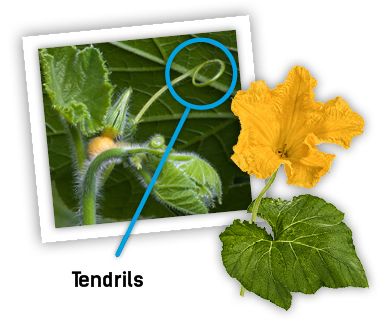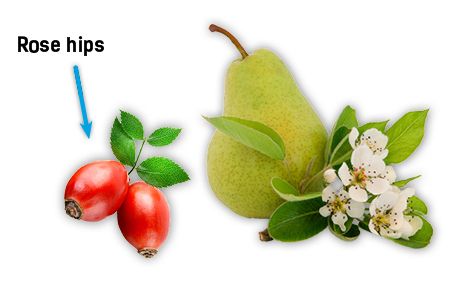Plant Families

There are hundreds of different specialty crop plants grown. All plants have similar parts that are important to their survival. But many times, the plant parts look different. Plant scientists look for patterns in how these plant parts look and have created groups called families. Farmers use plant families to understand the growing needs of plants. Then they can provide the right soil, sunlight, and moisture so the plant will grow strong and healthy.

Gourd Family: Cucurbitaceae
Examples: gourds, watermelon, squash, pumpkins
Characteristics include:
- Yellow or white flowers
- Stems are usually hairy, and contain tendrils

Rose Family: Rosaceae
Examples: Rose, pears, plum, raspberry, strawberry
Characteristics include:
- Flowers with petals in multiples of 5, like 5, 10, or 15
- Most plants in this family produce a fleshy fruit — rose hips, pears, cherries, etc.

Potato Family: Solanacae
Examples: Potatoes, eggplant, peppers, petunias
Characteristics include:
- Flower petals that are fused together, not separate
- Seeds are held in a berry or capsule
Activity: Matching: Plant Family to Specialty Crop
Use the characteristics listed above for each family, and the pictures on this page, to help match the plant family to its specialty crop.
